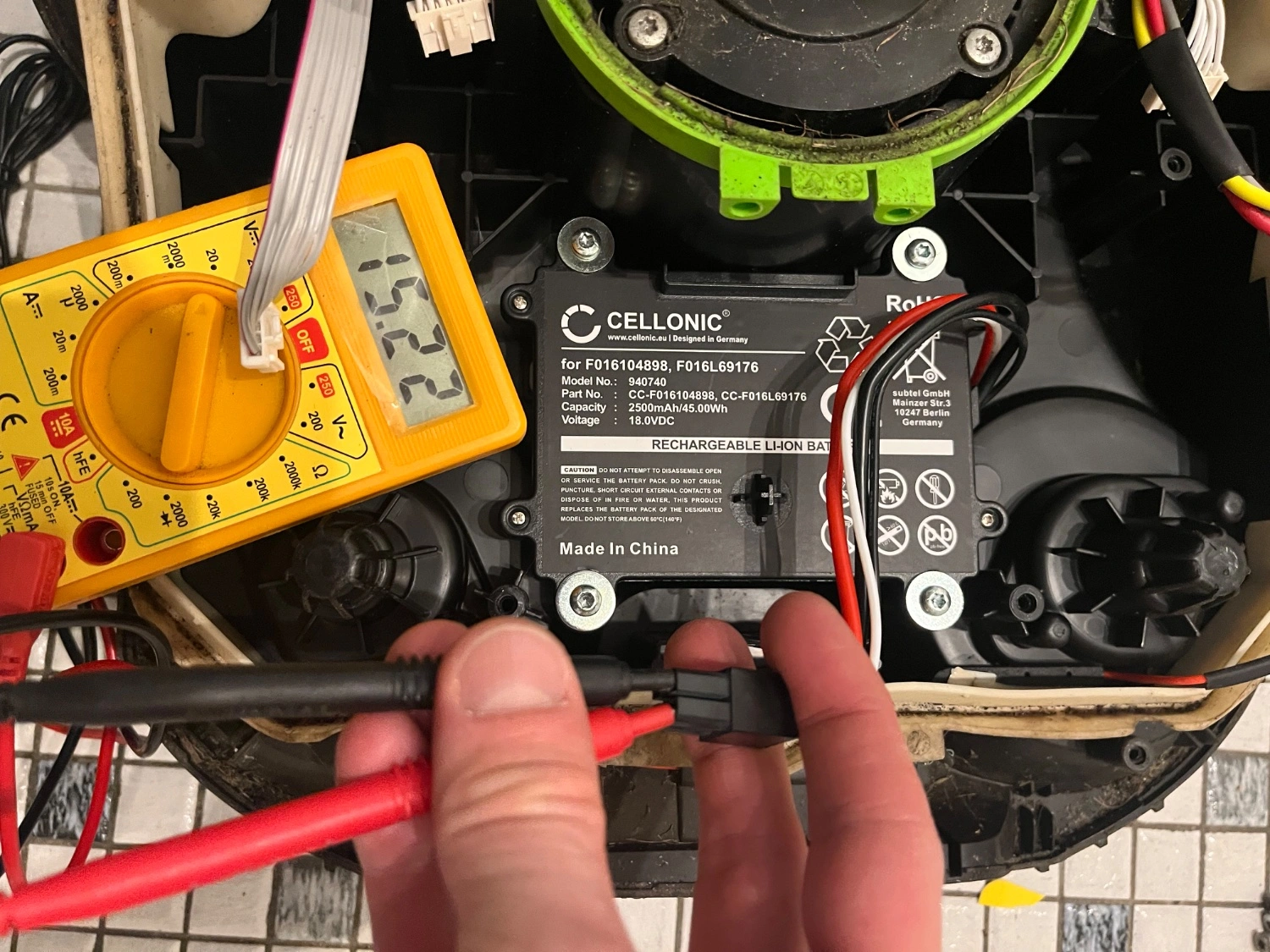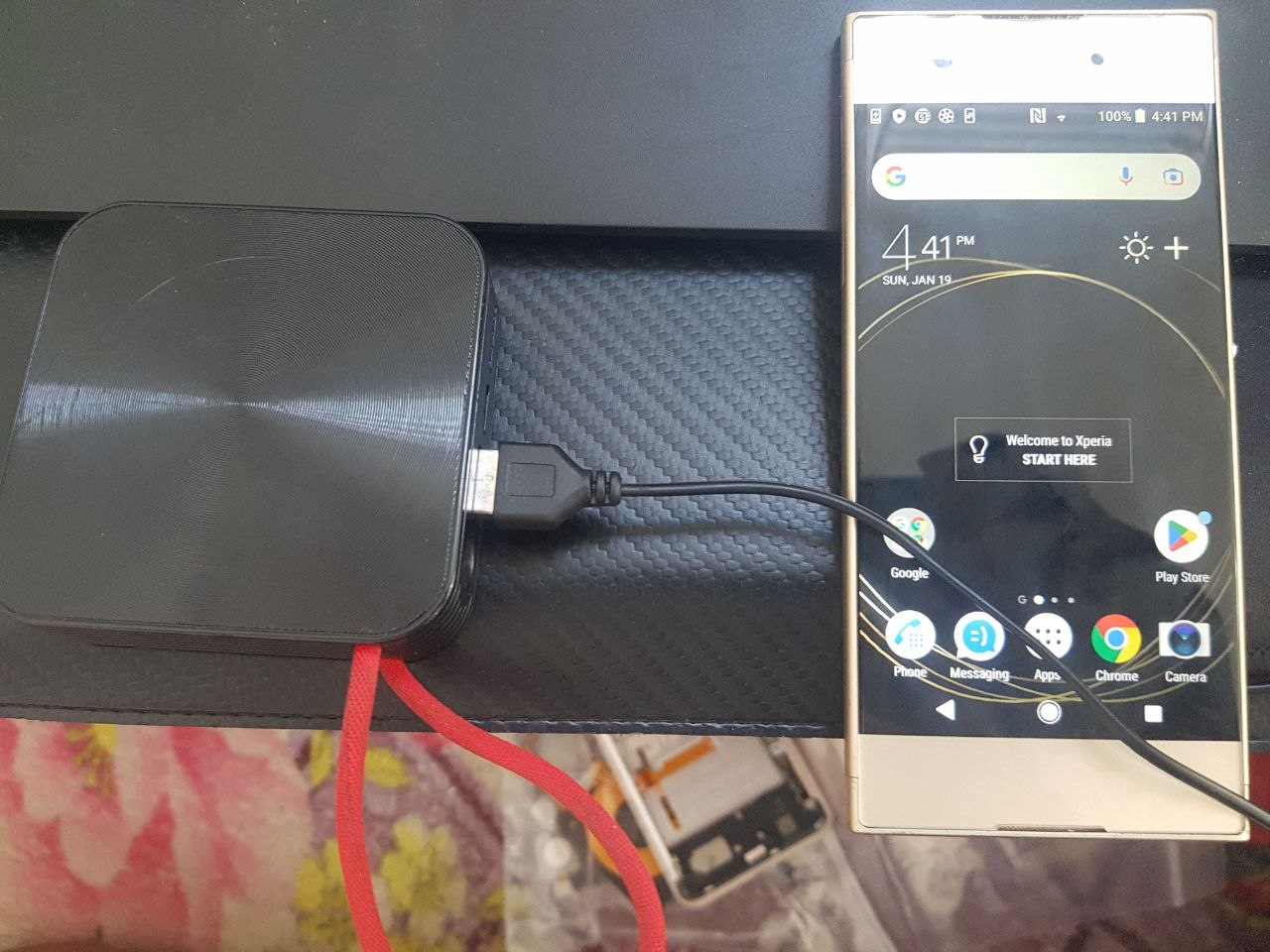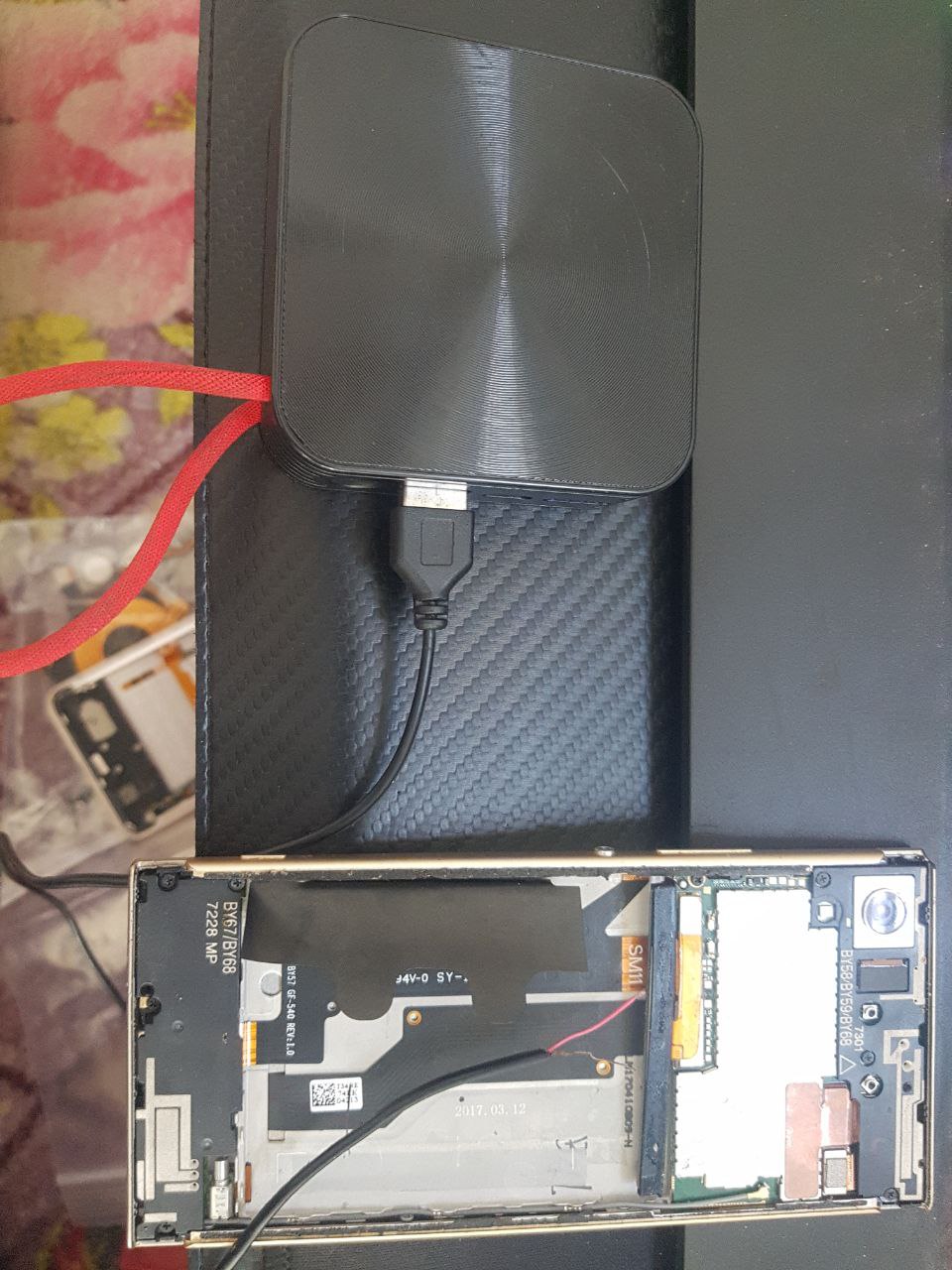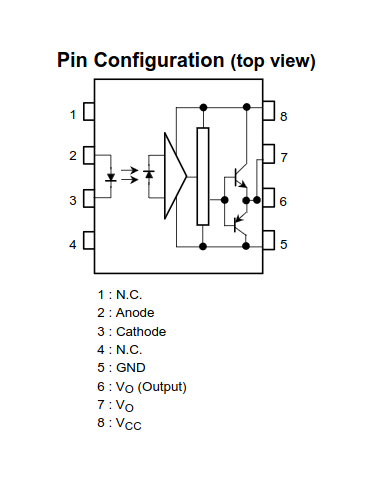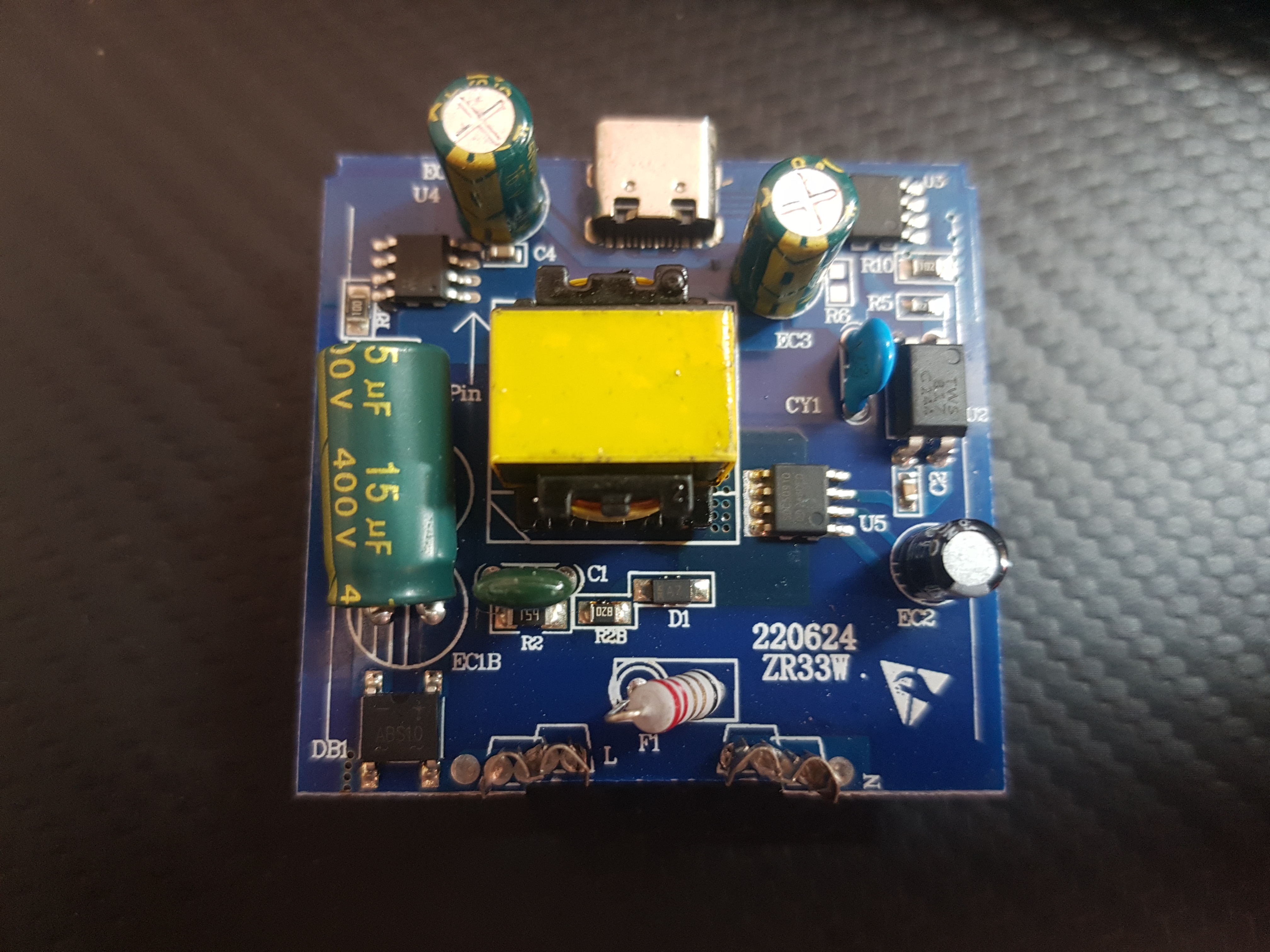So, I had some issues with installing the GPU in the case, and the GPU bottom (those metals things at the bottom) ended up scratching part of the motherboard. From what I can tell, there's a bunch of similar components all the way up, so I'd think there's redundancy, so I guess it's not that important. Here is a picture (I was told some people couldn't open postimg, both links have same image):
https://i.postimg.cc/7LBwkr3h/62e626.jpg
https://files.catbox.moe/62e626.jpg
PC boots fine into bios, fans work, stuff are recognized, mouse and keyboard also works, but I haven't really done much beyond that.
Motherboard is: MSI B650 Gaming Plus Wifi
It's located here, and on them, it is written K72 then vertically smaller K2 (the 2 has an underline), as you can see in the above image too:
https://i.postimg.cc/XJNcnppT/modelblock-gaming-pd.png
https://files.catbox.moe/7otcn6.png
I was told to ask here, and the best guess from what I've been told is that this is this:
Paralleling power metal-oxide semiconductor field-effect transistors (MOSFETs) is a common wayto reduce conduction losses and spread power dissipation over multiple devices to limit the maximum junction temperature.
Which could mean that the others could pick up the slack.
Should I get a new motherboard?


